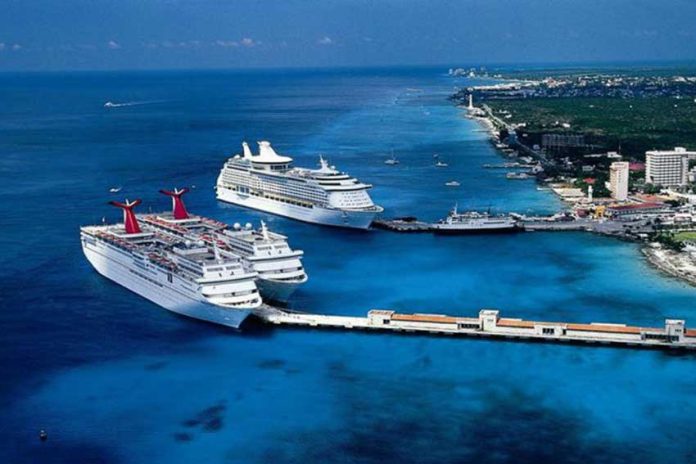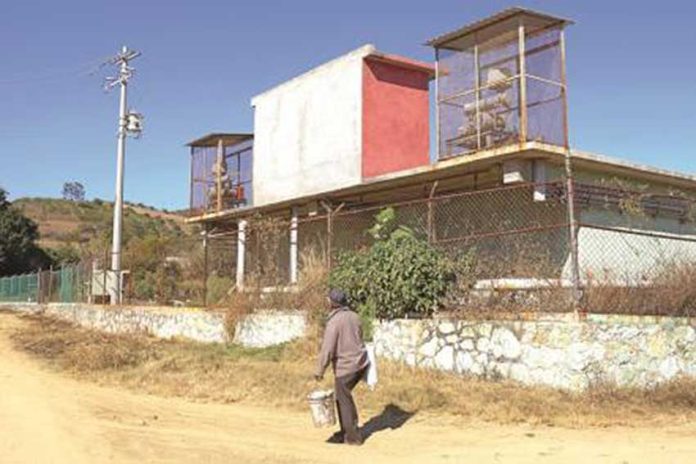Teachers in Michoacán have agreed to remove rail blockades that stranded trains for more than two weeks and cost the economy billions of pesos.
Representatives of the CNTE teachers’ union reached the decision at 2:00am today after a marathon 17-hour meeting.
Yesterday, the Michoacán government paid teachers more than 1.2 billion pesos (US $62.7 million) in salaries for the second half of January.
The CNTE said the rail blockades, which have been in place at seven locations since January 14, would be lifted beginning at 9:00am.
However, the union said that other protests, including barricades at government offices, would continue until all of its demands have been met and all outstanding payments have been made.
“The labor stoppage continues . . . The only variation is the call to the members of section 18 to leave the tracks,” CNTE Section 18 leader Víctor Zavala told a press conference this morning.
More than 94% of schools in Michoacán are affected by the strike action, he said.
Zavala explained that the decision to lift the rail blockades was to enter into talks with both Michoacán and federal authorities. A meeting was expected to take place in Mexico City this afternoon.
Teachers previously said that they wanted 5 billion pesos before they would end the rail blockade and return to the classroom.
President López Obrador this morning praised the decision to remove the blockades and said it was a “sin” that the state government hadn’t paid the teachers.
Michoacán Governor Silvano Aureoles said on Twitter that his government was willing to work with its federal counterpart and teachers to reach a “comprehensive solution.”
A report today by the newspaper El Universal said CNTE-affiliated teachers in Michoacán receive as many as 22 bonuses or additional payments on top of their regular salaries.
Family support payments and productivity, Teachers’ Day and Christmas bonuses are among the additional compensation teachers receive, the report said. They also receive annual bonuses equivalent to 65 days of salary whereas the legal minimum is 15 days.
All told, the additional payments, most of which were approved by two former Democratic Revolution Party (PRD) state governments, add up to more than 1.4 billion pesos (US $73.2 million).
Source: Reforma (sp), El Universal (sp), El Sol de México (sp)









